
Planetary Picture of the Day
Week of the 11th of September, 2023
More strange Martian rocks, a galaxy's hidden polar ring, and a young star's supersonic jets.
Monday, September 11, 2023
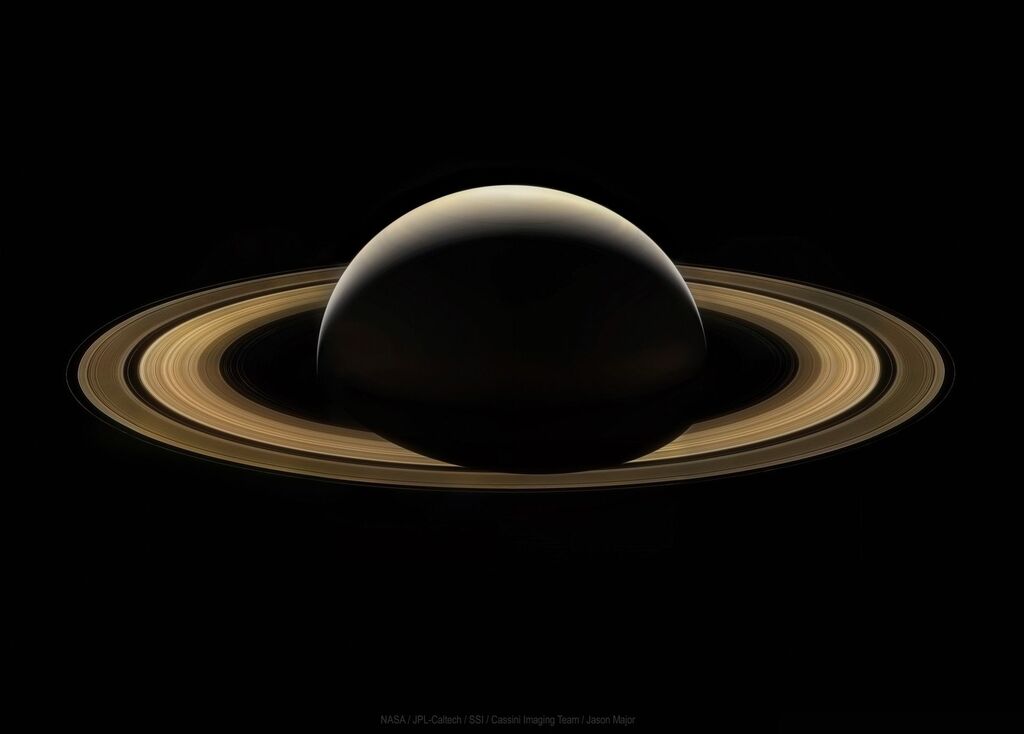
Farewell Cassini
This mosaic, comprised of eleven RGB color composites, is Cassini's final full view of Saturn and is made from images captured by the spacecraft on September 13, 2017.
Tuesday, September 12, 2023
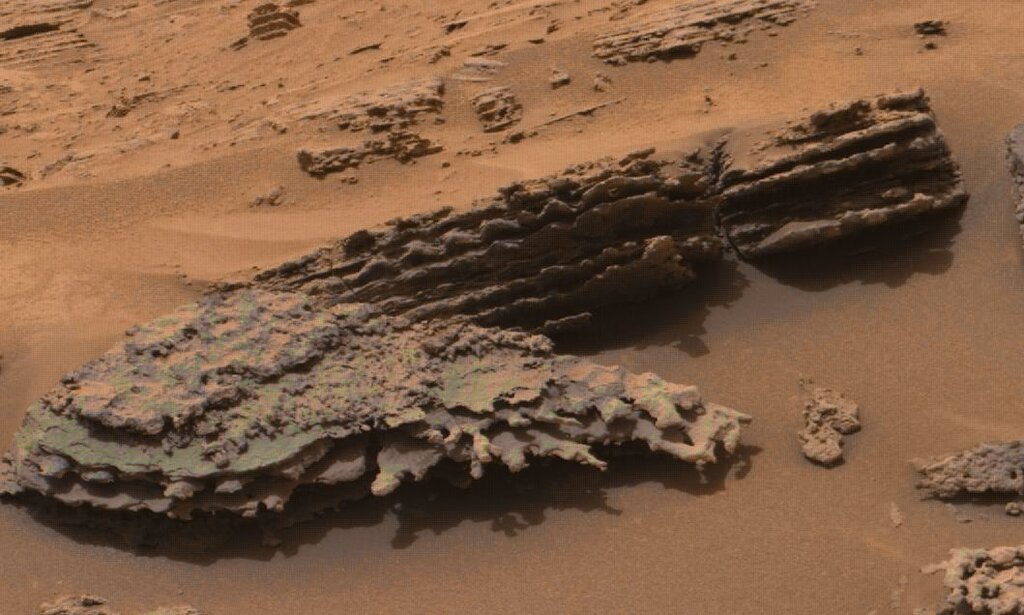
Martian Ripples
Ripple features in sediments at Gale crater as seen in ChemCam and MastCam images taken on Sols 3639 and 3641 on Mars by NASA's Curiosity rover.
Wednesday, September 13, 2023
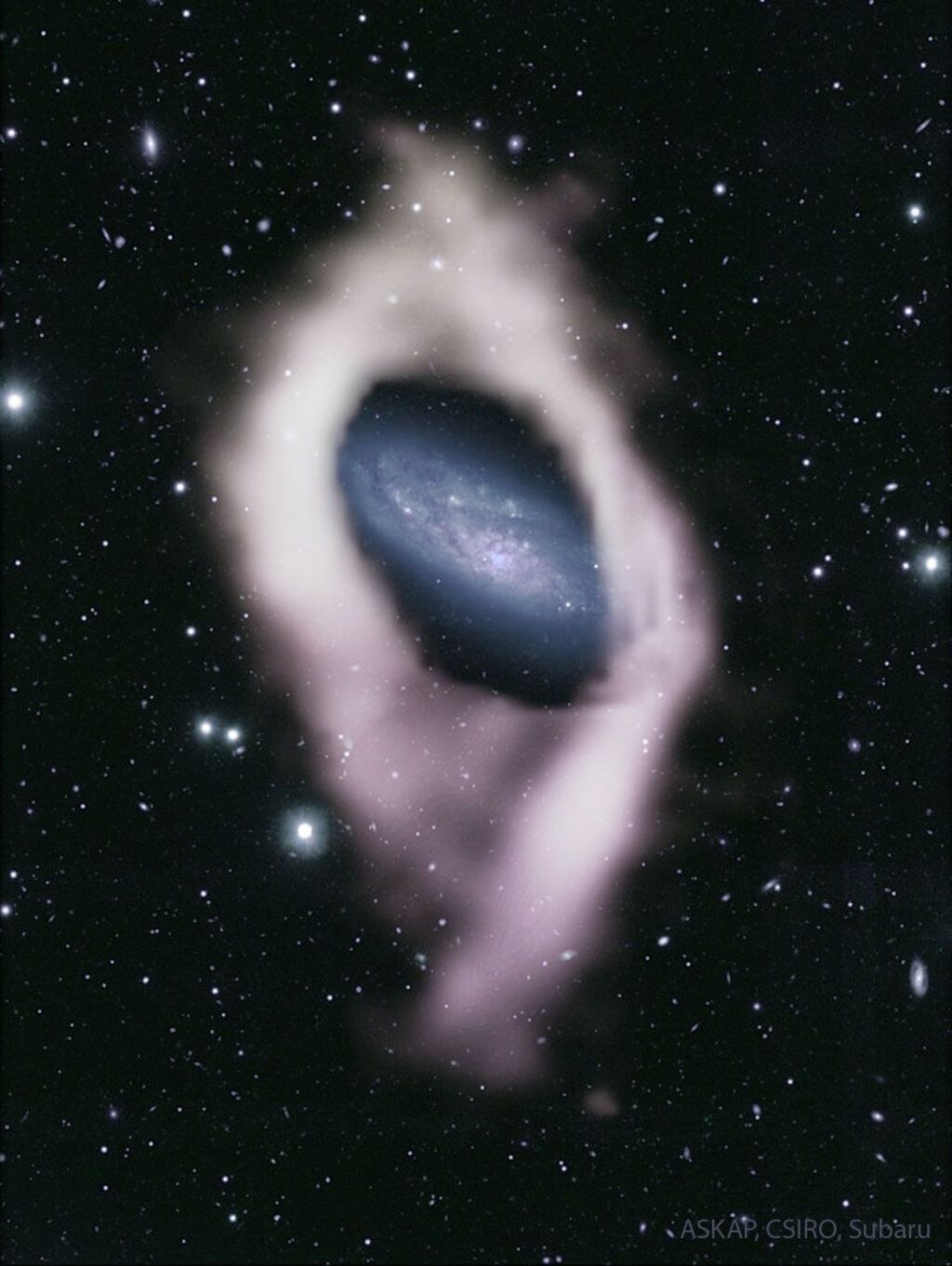
NGC 4632: Galaxy with a Hidden Polar Ring
Galaxy NGC 4632 hides a secret from optical telescopes. It is surrounded by a ring of cool hydrogen gas orbiting at 90 degrees to its spiral disk. Such polar ring galaxies have previously been discovered using starlight. However, NGC 4632 is among the first in which a radio telescope survey revealed a polar ring. The featured composite image combines this gas ring, observed with the highly sensitive ASKAP telescope, with optical data from the Subaru telescope. Using virtual reality, astronomers separated out the gas in the main disk of the galaxy from the ring, and the subtle color gradient traces its orbital motion. Why do polar rings exist? They could be material pulled from one galaxy as it gravitationally interacts with a companion. Or hydrogen gas flows along the filaments of the cosmic web and accretes into a ring around a galaxy, some of which gravitationally contracts into stars.
Thursday, September 14, 2023
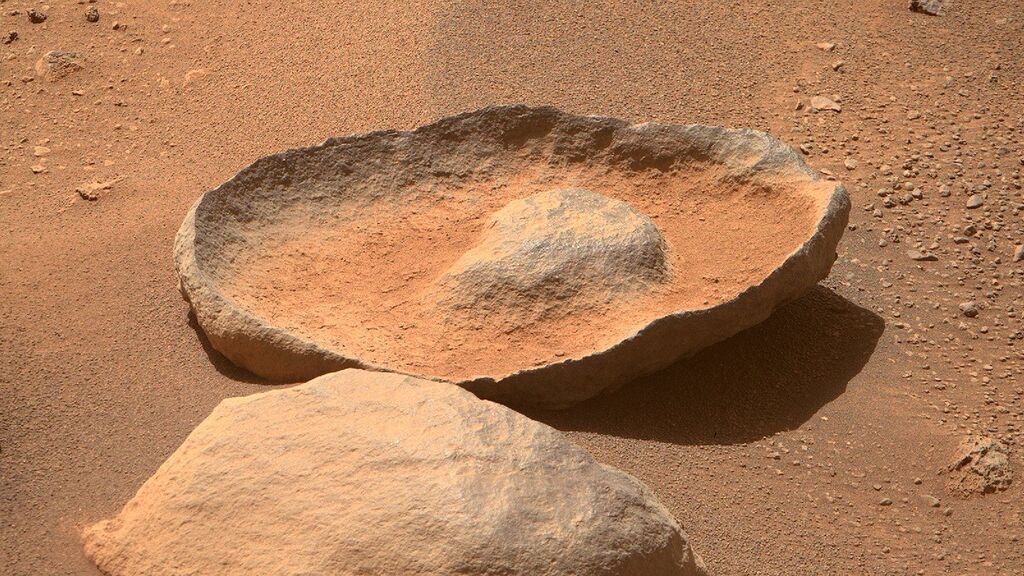
Martian Avocado?
Check out a very nice example of differential erosion in this split Martian rock at Jezero crater. Now, that's sedimentology and erosion in action! (Or maybe a fossilized Martian giant avocado, as suggested by Jason Major who processed that image.) The rock looks to be (maybe) 15-20 cm long.
Friday, September 15, 2023
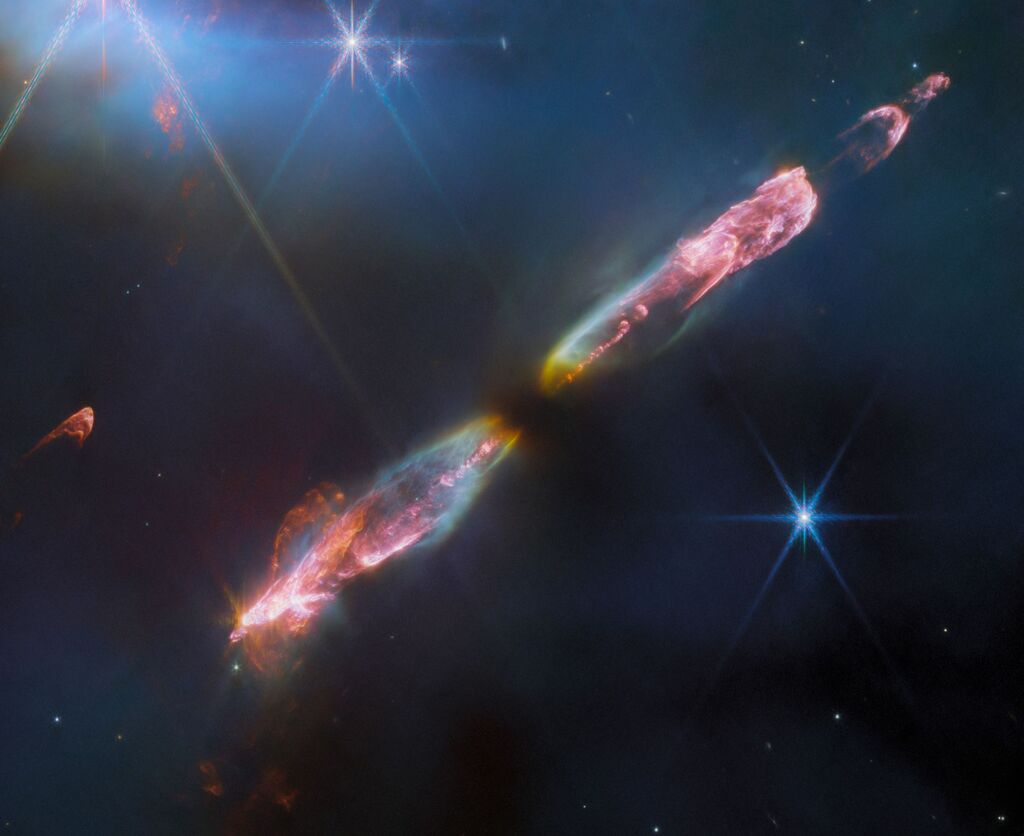
Supersonic Outflow
NASA’s James Webb Space Telescope’s high-resolution, near-infrared look at Herbig-Haro 211 reveals exquisite detail of the outflow of a young star, an infantile analog of our Sun. Herbig-Haro objects are formed when stellar winds or jets of gas spewing from newborn stars form shock waves colliding with nearby gas and dust at high speeds. The image showcases a series of bow shocks to the southeast (lower-left) and northwest (upper-right) as well as the narrow bipolar jet that powers them in unprecedented detail. Molecules excited by the turbulent conditions, including molecular hydrogen, carbon monoxide, and silicon monoxide, emit infrared light, collected by Webb, that map out the structure of the outflows.





